Expensive, stylish, groundbreaking, and unique, the Logitech G Cloud is going to divide opinions.
What did we make of it? Read on to discover everything from my time with this new Android handheld. And remember, if you’ve got a specific element you want to know about, the content dropdown menu below will take you where you need to go.
Emulation Testing
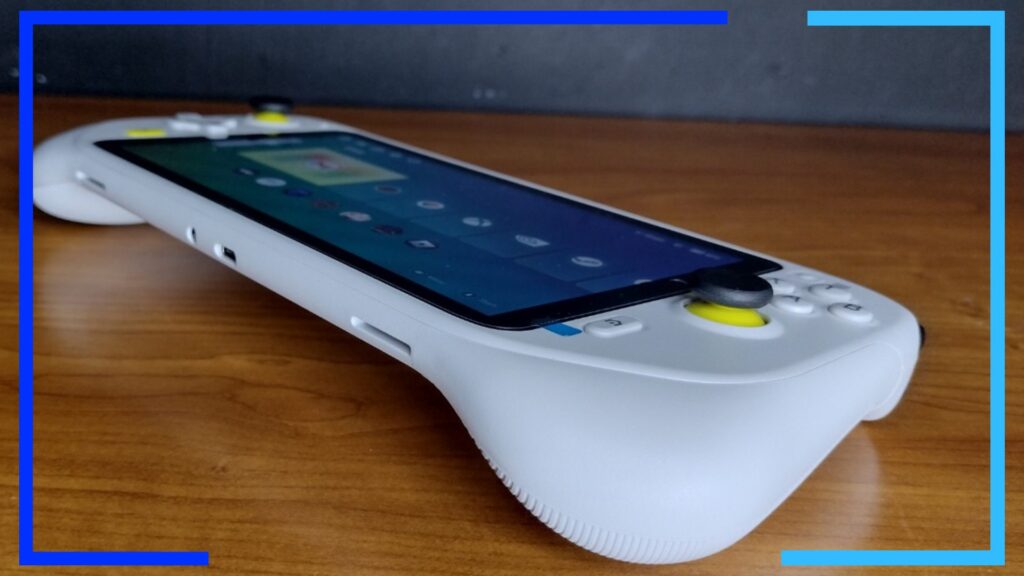
As noted previously, the tech specs are similar to that of the Xiaomi Redmi Note 9S, so if something can run on that, we should be able to see similar performance on the Logitech G Cloud. Or at least, that’s what you’d expect.
That roughly puts the Logitech G Cloud as a device capable of playing up to and some GameCube titles. This does come with a potential warning, though: The Logitech G Cloud doesn’t feature a cooling fan. That’s because it’s primarily a streaming device so a fan isn’t needed as it’s not going to be overheating any time soon.
Moving on, what can it actually emulate? That’s where things get a little strange.
My previous estimation of up to GameCube isn’t off exactly, but it’s not the whole story. GameCube won’t run well at all out of the box. I’ve tested a few games and they all suffered from lag and ended up looking like a depressed slideshow. Upon switching the backend to Vulkan things took a turn for the better – Mario Kart Double Dash was definitely playable – but it’s going to be a hit-and-miss affair. I’d wager a large section of the GameCube library won’t be playable as of yet, though that could change in the future should more developers decide to support it.
What’s really left me dumbfounded is the fact that every PS2 title I threw at the Logitech G Cloud performed brilliantly without needing to mess around with any settings. PS2 works great, GameCube struggles, despite it normally always being the other way around.
I even decided to see just how far I could push PS2 games, and sure, you can’t push them as hard as you would on the Steam Deck, but you’ll be able to get a few boost options up and running.
Wii emulation I’m still unsure about. Changing the Dolphin emulator to Vulkan made New Super Mario Bros playable with only some weird slowdown in the cutscenes. More complex games I can’t see running particularly well without some settings diving.
So far, this is all about pushing the Logitech G Cloud to its limits, which caps out at PS2 and GameCube. When it comes to older systems, that’s where the G Cloud truly shines.
SNES looks stunning, N64 is smooth, and Dreamcast runs better than the original hardware. Performance in the Dreamcast and below category runs at a near-constant full speed, only dropping on loading screens and when something new gets cached in. At the lower levels, performance is on-par with the AYN Odin and Steam Deck.
What it all comes down to is what you’re looking to emulate. I can’t recommend the Logitech G Cloud as a GameCube device just yet. Once Dolphin is optimized for the G Cloud, then we’ll talk. But until then, it’s a pass from me.
But for 80s and 90s systems, and PS2, that’s where the Logitech G Cloud lands its knockout shot.
Android Testing
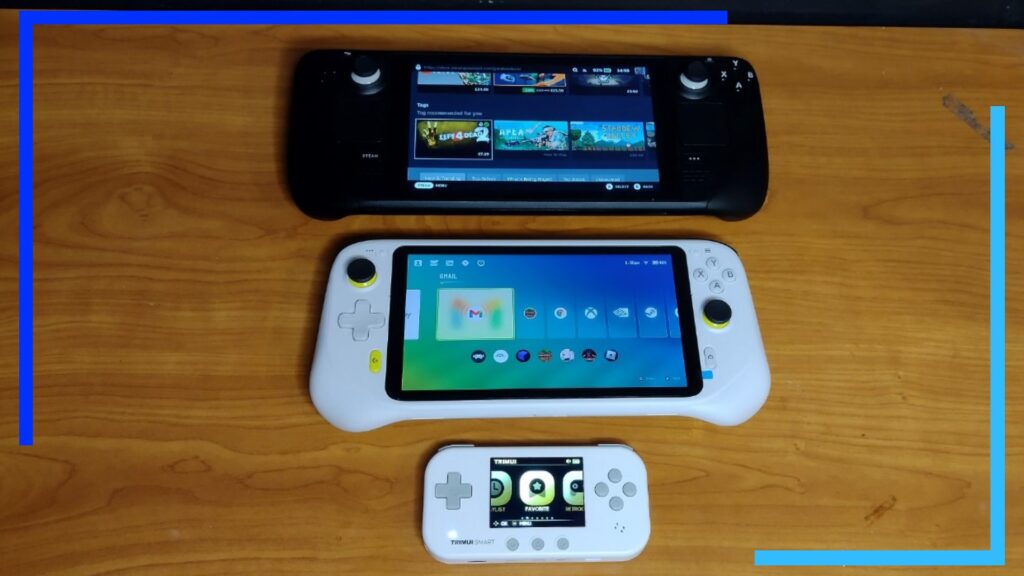
If you want to play Android games, the G Cloud comes equipped with the Google Play Store off the bat. That means you can load it up and download your favorite Android games without needing to set up ADB software and install the Play Store via a PC. It just works and that’s great.
Diablo Immortal runs beautifully with graphics at the max, Genshin Impact also works, and so do several Marvel games I tested.
Where issues are bound to arise is with the more complex games. But for fairly standard high-end games like those listed above, the G Cloud is the best way to play Android games.
Game Streaming Testing
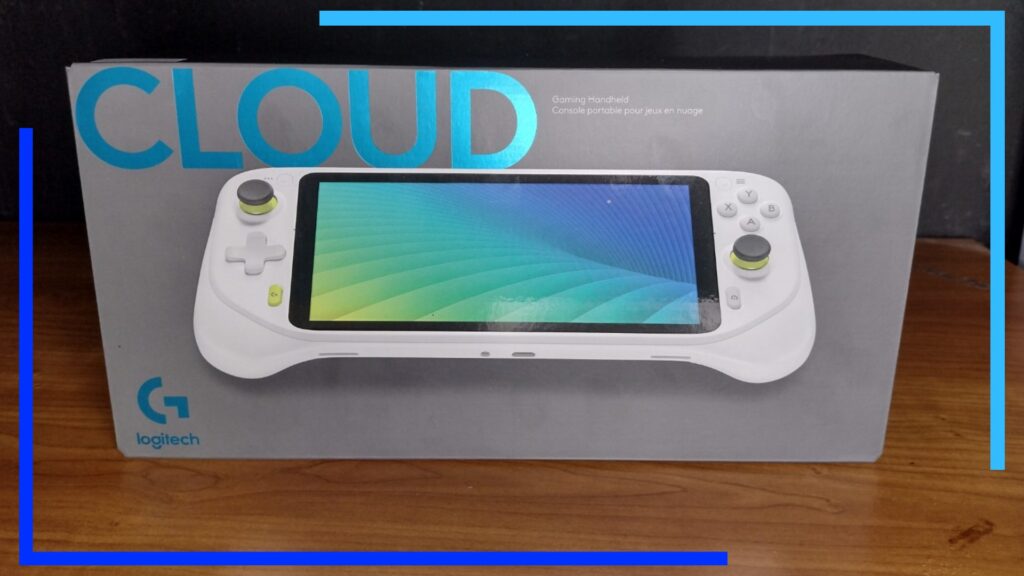
As the Logitech G Cloud is being sold as a game streaming device – rather than an emulation machine – it’s only fair we talk about how everything works.
Out of the box the G Cloud comes equipped with Microsoft’s xCloud, NVIDIA GeForce NOW, and Steam Link. Everything just works. I wasn’t able to test GeForce NOW, but both Game Pass and PC remote play worked without any hitches.
The problem I have here is it’s important to not just assume the above services will all work. The G Cloud has excellent signal strength but if your Internet isn’t fast enough, there’s nothing you can do.
This isn’t a slight at Logitech at all. They’ve built a killer device here. What I’m getting at is don’t buy this device thinking it’ll solve all your woes. Only pick it up if your Internet is up to the job.
Look, Feel, UI
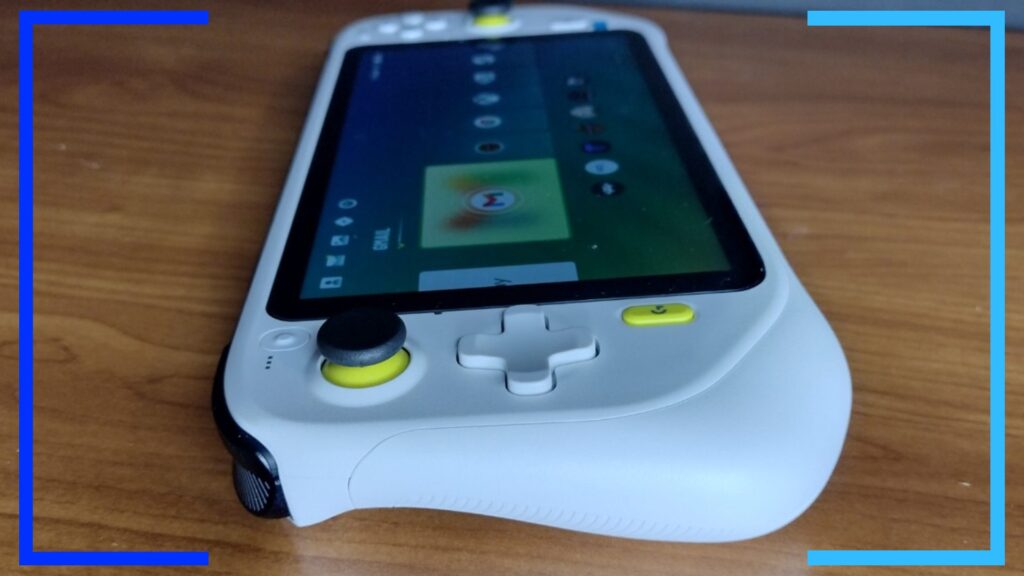
Pick up the Steam Deck and you know you’re going to be lugging a brick around. Look, I love my Deck, but it’s like carrying a sack filled with GameCubes around with you. The G Cloud, meanwhile, feels as light as a frisbee at 463 grams.
The console itself manages to impress by playing it very safe. The back grips aren’t particularly effective but they get the job done, face buttons have a nice spring to them, and the thumbsticks feel familiar.
I’m not a fan of the Xbox 360 layout of the thumbsticks, but I accept that by moving the right stick up, to be level with the left the entire console would be top-heavy and unwieldy. It’s an issue I can’t mark the G Cloud down for as much as it bugs me. It makes sense in a roundabout kind of way.
I do absolutely despise the D-pad, though. It feels great, but it’s convex and trying to pull off simple things like a hadouken in Street Fighter II is damn near impossible. It’s great for every other type of game, but fighting game enthusiasts are going to feel short-changed.
The seven-inch screen, meanwhile, is the best supporting actor. It’s clear, playable at even the lowest brightness, and is full HD, complete with a lush 60Hz refresh rate. Games look simply stunning. Whether you’re playing a retro title, something from Xbox, or a native Android game, the screen clarity is to be revered.
But the screen, as beautiful as it is, comes second in my book to the outstanding custom Android operating system. I cannot stress enough just how intuitive it is. Logitech should be proud of what’s been created here.
Don’t you just love when something you want is a click away? No working your way through endless menus, clicking on stuff in the hopes it takes you to the right place. It’s just there, right in front of you. That’s how the G Cloud operating system is. Games, streaming, and the Play Store are at the forefront of everything. Yes, there are extra options for those who like to tinker, but for those who want to just power on and get into a game in a matter of seconds (yes, seconds), the OS is arguably the best out there.
Battery Life Is Unreal
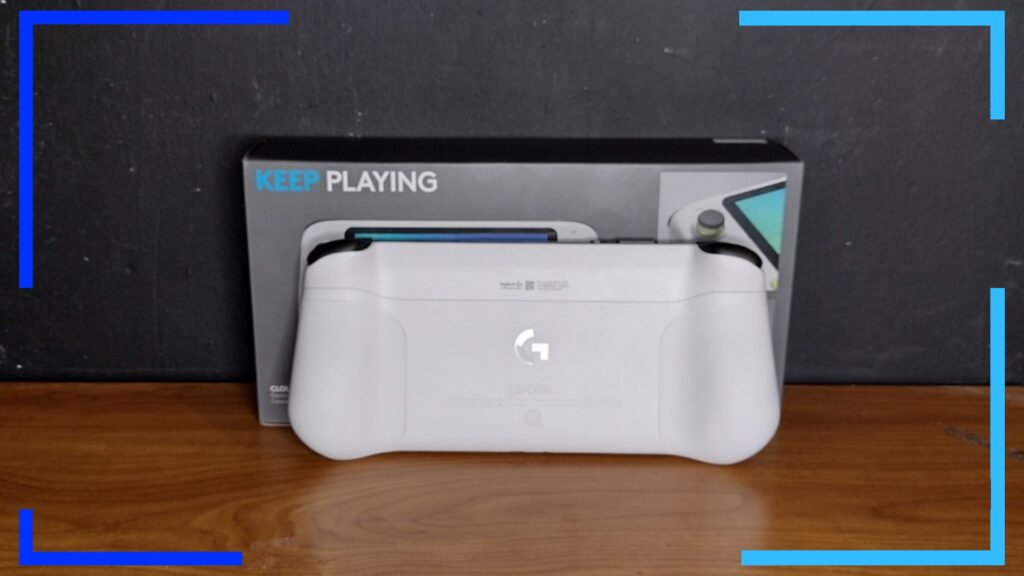
The biggest issue in the handheld space right now is utterly woeful battery life. Seriously, it’s horrific. We’ve seen it with the Aya Neo Air, a console that manages around 45 minutes of battery life before needing to be plugged in for a charge. Even Steam Deck can flit between 90 minutes and six hours depending on what you’re doing and how nice you want games to look.
What’s most impressive about the Logitech G Cloud is the frankly ridiculous 6000mAH battery. This is one of the few high-tech handhelds you can play on in the morning, then come back at night and it’ll still be ready to go.
Logitech says the G Cloud can offer up to 12 hours of usage, and I’d say that’s not far off the mark.
Playing Fortnite on xCloud managed over 11 hours of constant uptime. On max brightness that time will be lower, but in terms of providing a realistic estimate, Logitech hasn’t told any fibs.
For Android gaming, that time comes down a bit. A mix of Diablo Immortal and Genshin IMpact dropped the battery life down to just over eight hours – still a respectable amount.
When it comes to emulation, it’s hard to get a good reading. That’s because running a SNES game is going to consume less power than running, say, a PS2 title. Still, we were in the five-to-six-hour mark. Again, comparing that to what else is on the market, those are some excellent results that leave the Steam Deck and Aya Neo Air in the dust.
What Exactly Is The Logitech G Cloud?
Think of the Logitech G Cloud as a streaming device capable of playing games over an Internet connection.
Want to play Gears 5, Fortnite, or PUBG in handheld form on a device designed with gamers in mind? That’s the main hook of the G Cloud. If you’re a fan of game streaming but can’t get on with gaming on a mobile phone or tablet, that’s the niche the G Cloud aims to plug.
And let’s face it, playing shooters and the like on mobile devices isn’t great. Sure you can get controller add-ons, but that’s still not the same as having a dedicated device.
It also comes equipped with the Google Play Store, so if there’s an Android game or app you want to play on the go, the option is right there when you turn it on.
Logitech G Cloud Specifications
In terms of power, the Logitech G Cloud blows the likes of the Retroid Pocket 3 out of the water. Back when the specs leaked, we noticed the internals were similar to what’s seen in the Xiaomi Redmi Note 9S, albeit with a gamepad integrated into the design.
The G Cloud isn’t going to rival the Steam Deck anytime soon, but that’s fine. For a device with the primary purpose of game streaming, the power here is more than enough.
- Chipset: Qualcomm Snapdragon 720G
- CPU: Octa-core up to CPU 2.3GHz
- Operating System: Android 11
- RAM: 4GB
- Storage: 64GB
- Display: 1920 x 1080 full HD, 60Hz refresh rate
- Battery: 6000 mAh
- Connectivity: Bluetooth 5.1, with Qualcomm aptXTM Adaptive support
The Price Isn’t Competitive
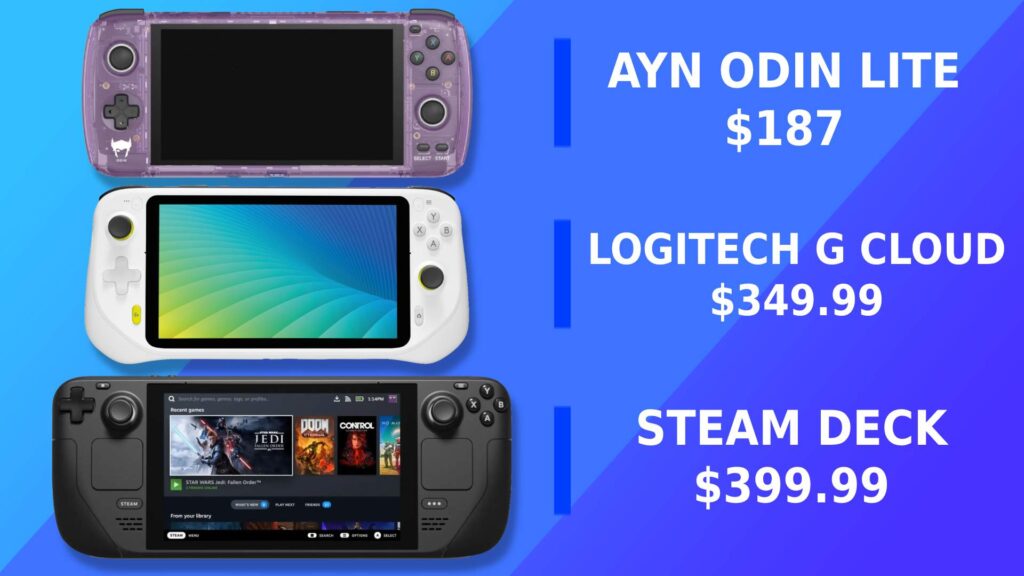
The Logitech G Cloud is out now in North America and retails for $349.99. It’s also available on Amazon or through the official Logitech website.
Logitech previously told me how well the G Cloud performs in North America will dictate where else it launches.
Shall we compare prices? Let’s go. The $349.99 tag is a little steep. It’s designed to be played for hours at a time, the screen is sharp, the UI is intuitive, but it’s $349.99. That’s a lot for what’s being sold as a game streaming console.
When we compare it with what else exists in this space, the pricing shows its holes. The AYN Odin Lite, which can play up to GameCube games and also runs game streaming software comes in at around $187. The cheapest Steam Deck, meanwhile, a handheld that’s a gaming PC, costs $50 more at $399.
Now, the Logitech G Cloud does have the edge when it comes to battery life (around 12 hours vs the Steam Deck’s six hours), but is that enough to justify the high cost?
As it stands, the G Cloud isn’t competing with the competition and is instead trying to create its own niche. Are people willing to spend $349.99 on a game streaming device when there are cheaper or meatier alternatives out there?
Logitech G Cloud Conclusion
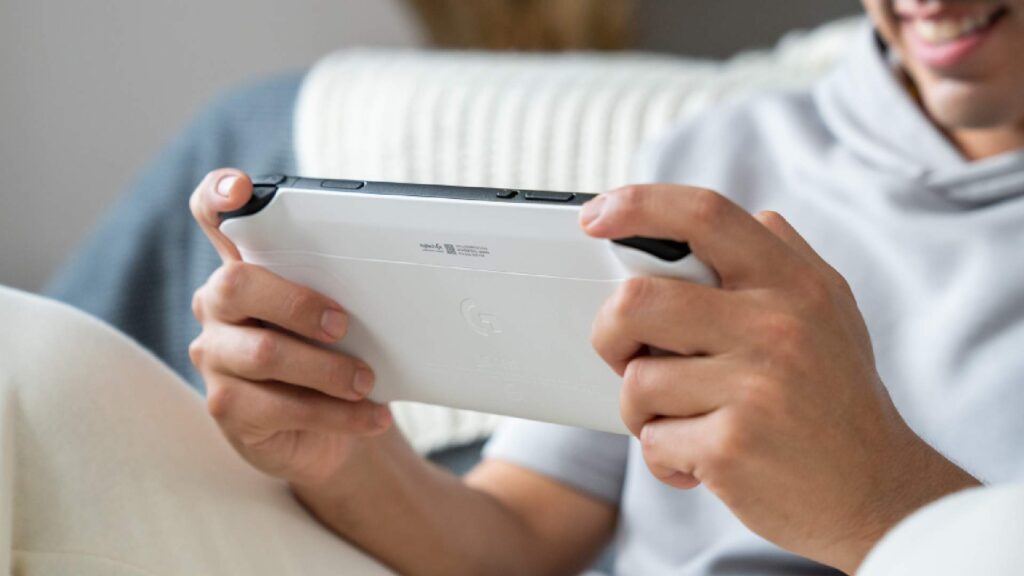
Let me tell you, I’ve never been this conflicted on a handheld in the 11 years I’ve been covering gaming. On one hand, the Logitech G Cloud is a device for a market that isn’t there yet. It’s a device for no one.
On the other, it’s a killer device that’s genuinely revolutionary in its own way.
It’s lightning fast to load, the screen beams, it’s been designed to play for hours on end without your hands seizing up, the UI is the best out there. But who is it for? All those people who swear by game streaming? They don’t exist yet. Logitech hopes they will eventually. How about all the hardcore Android gamers? Are there enough of them to warrant a console like this? The emulation crowd? Not a chance, they’ll go for the Steam Deck at $50 more.
The thing is, I am in favor of dedicated streaming consoles. The Xbox Series X costs a bomb, and while the Series S is cheaper, that’s still a few hundred bucks. You could understand why people would rather not buy the console and instead buy a cheap streaming device and a Game Pass subscription.
But then the G Cloud isn’t cheap. It isn’t saving you money. Hell, an Xbox Series S is cheaper!
So who’s it for? I love this device, I love that it can get me gaming in a matter of seconds, but for $349? That’s a lot for what is a niche console. Had the Logitech G Cloud been priced nearer to the AYN Odin (just under $200), I’d be recommending it to everyone who’ll listen because it is a brilliant device.
But as it stands, the choice here is between the G Cloud, an Xbox Series S, and the Steam Deck for $50 more – with the latter option a better choice for those looking to emulate up to PS3 and Nintendo Switch.
We’ve got one expensive identity crisis going on here. It’s not cheap enough to be considered great value, and it’s not powerful enough to justify the high price. Who’s it for then? People who love new and exciting tech. For the general public, though, it’s simply too pricey to justify.
How We Tested
Logitech sent RetroResolve a review unit for testing. Our tests were performed mostly prior to release over the span of one week.

